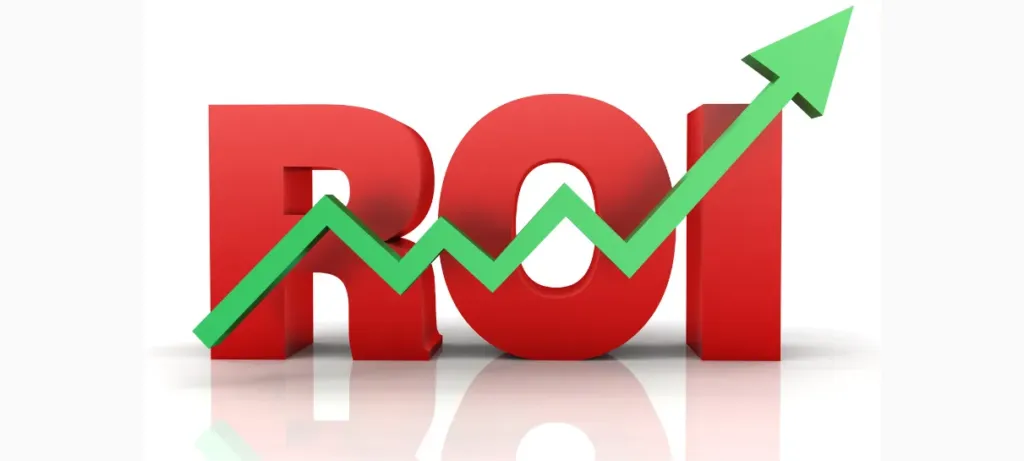If you’ve ever asked yourself, “what does ROI stand for” or “what is ROI,” you’re not alone. ROI, or Return on Investment, is one of the most important metrics for understanding how well your business or marketing efforts are performing. It helps you measure the profitability of your investments and determine whether your time, money, and resources are being used effectively.
In this blog, we’ll explain what ROI means, how to calculate it, why it matters for your business, and how you can improve it to maximize your results.
What Does ROI Stand For?
ROI stands for Return On Investment. It’s a key metric used by businesses to measure how profitable an investment is compared to its cost. Simply put, ROI helps determine whether your spending is generating enough returns to make it worthwhile.
What Is ROI?
ROI is an equation used to find the profitability of an investment as a total percentage of cost. As a business owner, ROI will tell you how efficient your total expenditure is in terms of profitability.
ROI is similar to ROMI (Return On Marketing Investment), but while ROMI focuses specifically on marketing performance, ROI can apply to any type of investment, marketing, product development, branding, rent, equipment, or more.
Why ROI Matters For Businesses
Tracking ROI allows business owners and marketers to:
-
Identify which strategies or campaigns bring the highest returns
-
Allocate budgets more effectively
-
Measure progress toward financial goals
-
Make data-driven decisions instead of guesses
For example, if one marketing campaign generates a much higher ROI than another, you can shift your focus and budget toward what’s working best. By regularly measuring ROI, businesses can minimize wasted spend and maximize profitability.
How To Calculate ROI?
Calculating ROI is simple once you have your numbers.
1. Find your net profit by subtracting the total cost of investment from your total income.
-
-
Example: $15,000 (income) – $5,000 (cost) = Net profit of $10,000
-
2. Apply the ROI formula:
-
- ROI = (Profit / Investment) × 100
3. Using the example above:
-
- ROI = (10,000 / 5,000) × 100=200%
This means your investment generated a 200% return, or double what you put in.
How To Improve ROI
Once you know what ROI stands for and how to calculate it, the next step is finding ways to improve it. Increasing ROI means getting more value from every dollar you spend, whether it’s on marketing, operations, or product development. Here are a few practical ways to improve your ROI:
-
Track and analyze performance: Regularly measure the results of your investments to see what’s driving the best returns. Tools like Google Analytics or CRM software can help identify high-performing efforts.
-
Cut unnecessary costs: Evaluate where your budget is going and eliminate low-impact expenses. Small savings can have a big effect on ROI over time.
-
Test and optimize campaigns: Run A/B tests and experiment with different strategies to see what resonates most with your audience.
-
Focus on customer retention: Keeping existing customers often costs less than acquiring new ones, boosting long-term profitability.
-
Invest in automation and efficiency: Streamlining processes saves time and money, which directly improves ROI.
Improving ROI isn’t about cutting corners, it’s about making smarter decisions with your resources. By continuously tracking performance and optimizing your strategy, your business can achieve stronger, more sustainable growth.
End Note
Understanding what does ROI stand for, how to measure, and improve it is key to making smarter, more profitable business decisions. ROI helps you see the bigger picture of how your investments are performing and where there’s room for growth.
If you want to make the most of your marketing investments, Corkboard Concepts can help. Our team specializes in data-driven marketing strategies designed to maximize ROI and help your business grow. Contact Corkboard Concepts today to get started!
